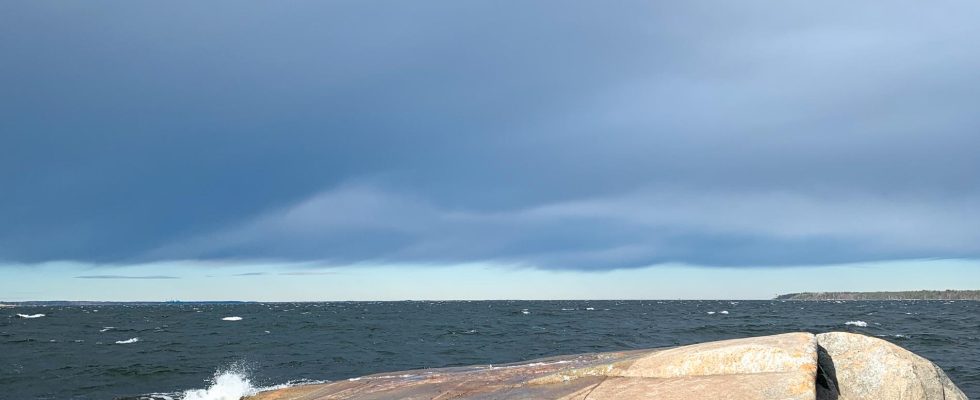The situation is urgent for the Baltic Sea shows a new report which has been developed by the Baltic Sea Cooperation HELCOM. It is based on extensive research data collected between 2016–2021. . Eutrophication, overfishing and environmental toxins have meant that more than 90 percent of the Baltic Sea area today is in poor condition. But there are occasional glimmers of light. It shows a new mapping that has been done.
“Unfortunately, the situation for biodiversity has gotten worse, for example for marine mammals and fish,” says Lena Bergström, researcher in marine ecology at SLU, who helped write the report, to SVT.
The report shows that decreasing sea ice during the winter and changes in sea temperature affect the Baltic Sea. Climate change is likely to dilute an already large problem: eutrophication. The Baltic Sea is one of the oceans in the Northern Hemisphere that is warming the fastest and can thus provide an indication of how climate change may affect other oceans in the future.
Preservation of biological diversity is singled out as a parameter for coping with the stresses that the Baltic Sea is facing. In order to protect biological diversity, joint efforts are required to reduce eutrophication, overfishing and toxic substances, reports SVT.
– If the natural biodiversity of the Baltic Sea is strong, then nature has a stronger capacity to cope with the stresses that come from the life we live as humans, says Lena Bergström.
Part of the solution is also to increase protected marine areas. If Sweden is to fulfill its commitments according to UN Convention on the Law of the Sea should the protected areas almost double to reach 30 percent by 2030.
The efforts made so far have shown results. Among other things, environmental toxins such as PCBs and lead have decreased after they were banned.
– The biggest measure is that the countries have succeeded in agreeing on a collaboration regarding the reduction of nutrients. Without that measure, it would have looked much worse in the Baltic Sea today, says Lena Bergström to SVT.
